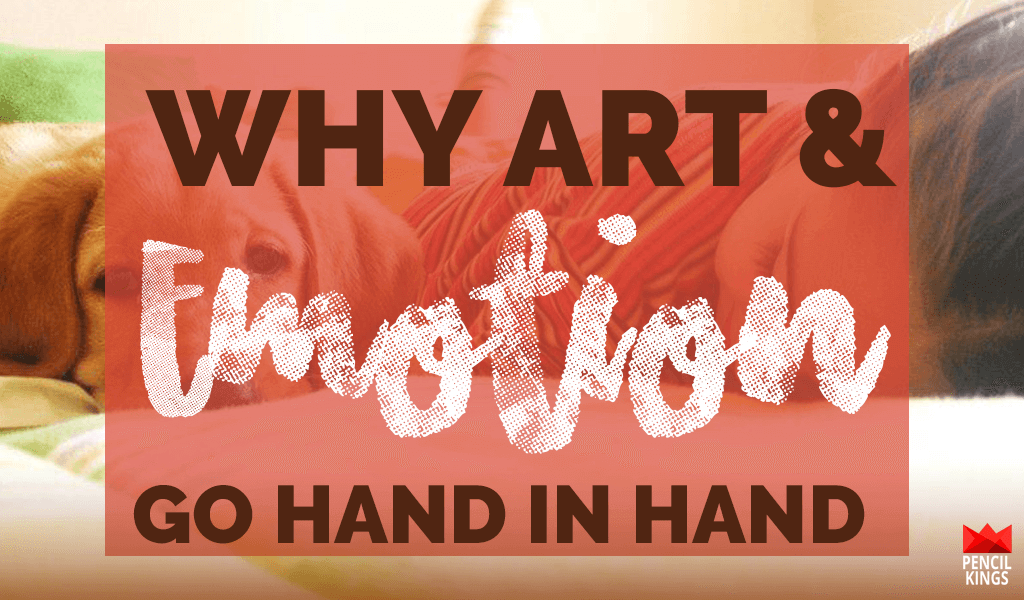One focal element of stylish encounters is their capacity to stir feelings in perceivers. It feels normal to encounter satisfaction, delight shudders down the spine, wonderment insight of pretentious works of art, or once in a while even negative feelings of dread, outrage, or appall before outwardly testing upgrades. Notwithstanding, in spite of the fact that it commonly concurs that expressions of the human experience can promptly bring out feelings, the idea of these encounters and explicitly how feelings in expressions of the human experience are seen and spoken to on an abstract, substantial, and evaluative level is an intensely discussed issue (see e.g., Konecni, 2015; Matthew Pelowski, Markey, Forster, Gerger, and Leder, 2017; Scherer, 2005).

It is additionally an open inquiry in regards to how feelings—working together with insights—collaborate to shape significant, exceptional, and some of the time pleasurable tasteful encounters. In the Empirical Visual Esthetics Lab, we attempt to move toward these inquiries from various points by consolidating abstract feeling reports with real estimates characteristic of passionate preparing (for example facial electromyography to follow changes in facial feeling demeanor, or skin conductance responses to follow changes in excitement) and relate these responses to the general stylish experience and assessments (for instance enjoying). Our investigations have appeared:
Feelings in expressions of the human experience influence us on an emotional and real level which impacts tasteful assessments, e.g, enjoying. Therefore, feelings in expressions of the human experience are not just spoken to in a perceiver through an intellectual or withdrew mode, as regularly involved by cognitivistic craftsmanship hypotheses. Or maybe the enthusiastic tone of fine arts prompts compatible feeling changes on an emotional and real level in a perceiver.
For instance, perceivers show all the more glaring (pointer of negative feelings) before fine arts with negative passionate substance and all the more grinning (marker of positive feelings) before fine arts with sincerely positive substance, just as higher skin conductance reactions (a marker of excitement) before additionally stimulating works of art. This transaction is influenced by individualistic factors. Higher contrasted with lower sympathetic people (that is the capacity to get and comprehend feelings of others) report and experience more grounded feelings on an emotional and substantial level. Craftsmanship specialists, then again, apparently through an intervention of psychological elements, show less congruency and power among feelings and assessments (see e.g., Gernot Gerger, Leder, and Kremer, 2014; Gernot, Pelowski, and Leder, 2017; Leder, Gerger, Brieber, and Schwarz, 2014; Leder, Gerger, Dressler, and Schabmann, 2012).
Better tasteful encounters, as demonstrated by higher loving, are additionally not obviously unmistakable from passionate states on an emotional just as real level, once more, showing that enjoying isn’t just cognitivist or isolates. Higher loving makes members grin more and less enjoying prompts additionally scowling (G. Gerger, Leder, Tinio, and Schacht, 2011).
Psychological variables (e.g., through better understanding, higher familiarity or higher aptitude) promptly impact the interaction of feelings and tasteful assessments (Forster, Leder, and Ansorge, 2013; Gernot Gerger and Leder, 2015; Leder, Carbon, and Ripsas, 2006).
On the off chance that an encounter is considered as stylish, this appears to take into account more blended enthusiastic states, which may be an exploratory premise of an apparent conundrum that negative feelings in expressions of the human experience are once in a while delighted in. All the more firmly initiating a workmanship blueprint, by for instance telling members a boost is “craftsmanship,” or by choosing members with higher craftsmanship mastery, may prompt reports of additionally getting a charge out of enthusiastic negative substance more, which is joined by all the more grinning. Simultaneously negative feeling pointers (grimacing, feeling reports) are not really influenced (Gernot Gerger et al., 2014; Leder et al., 2014) demonstrating that felt pessimism doesn’t disappear however can be all the more emphatically experienced in a tasteful setting.
At last, these observational discoveries give the foundation to progress in the hypothetical improvement of understanding feelings in human expressions (Leder and Nadal, 2014; M. Pelowski, 2015; Matthew Pelowski et al., 2017).




